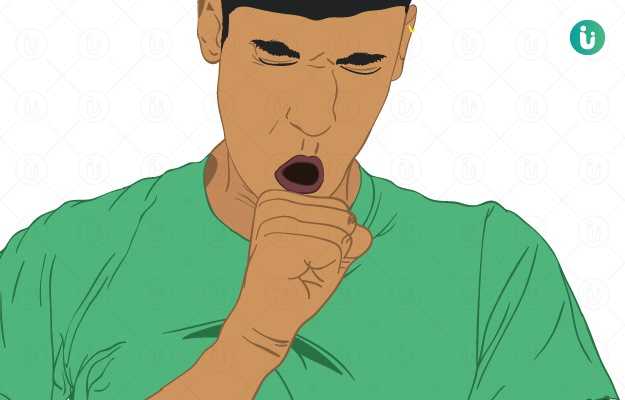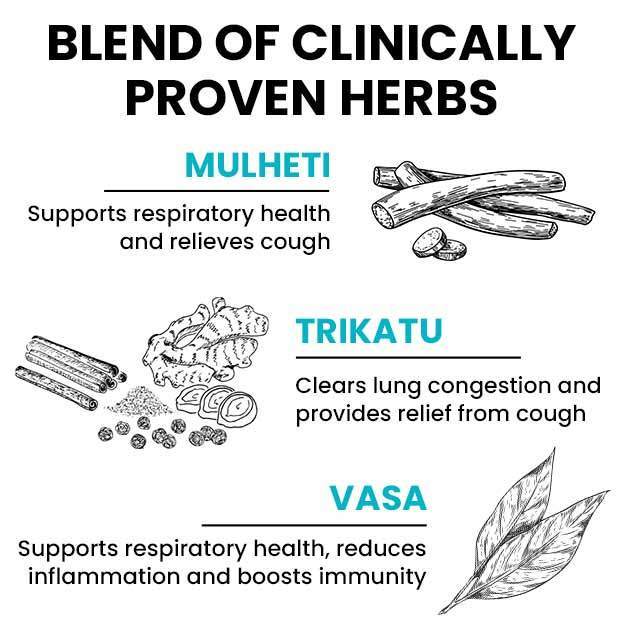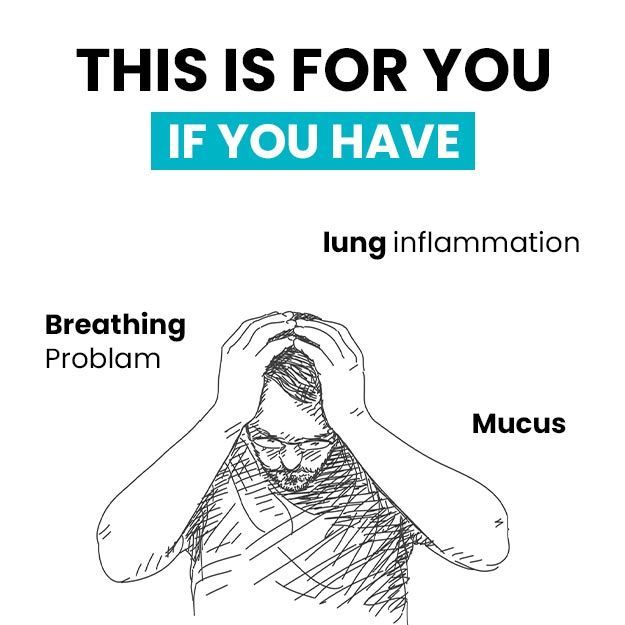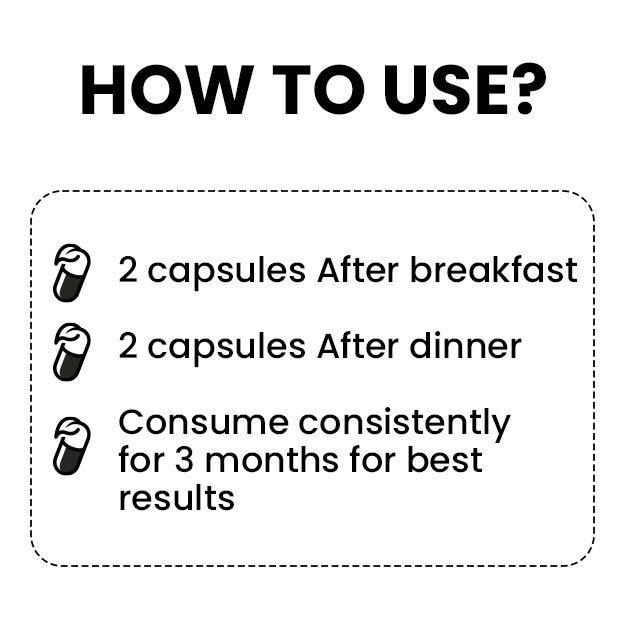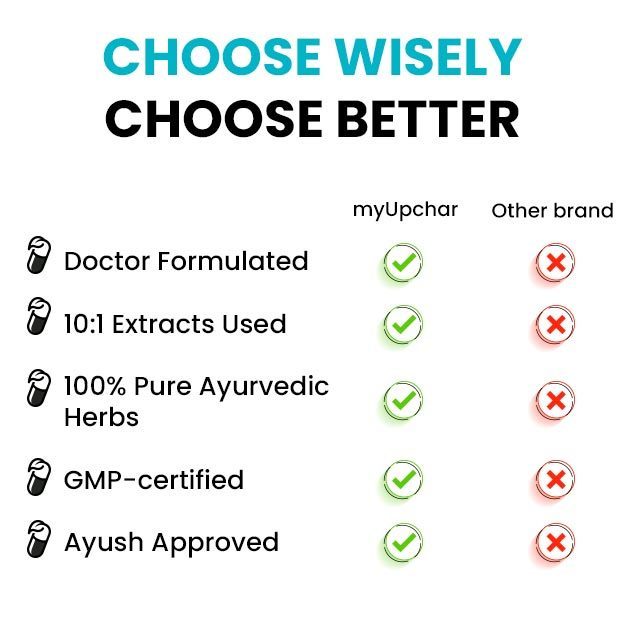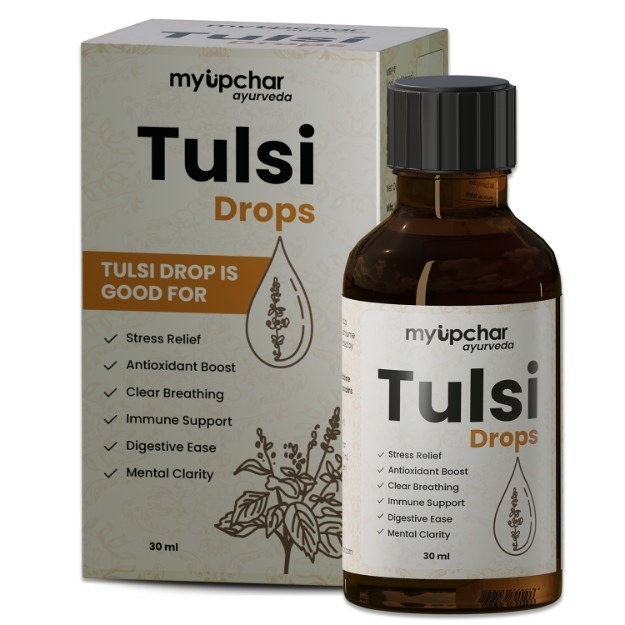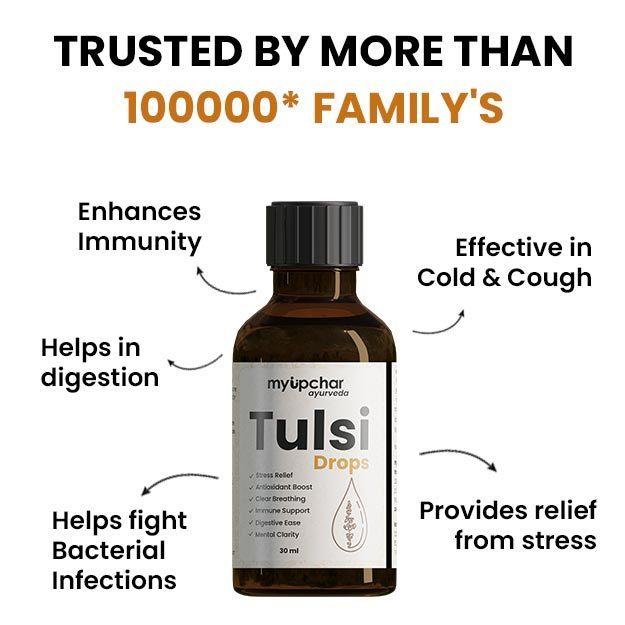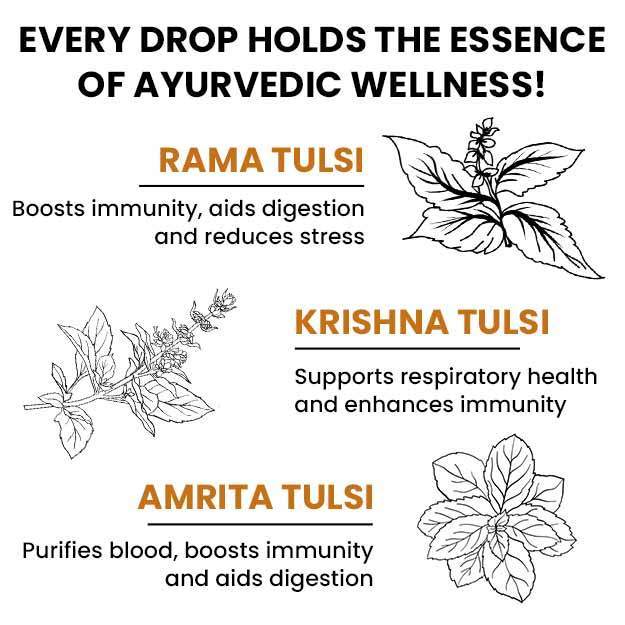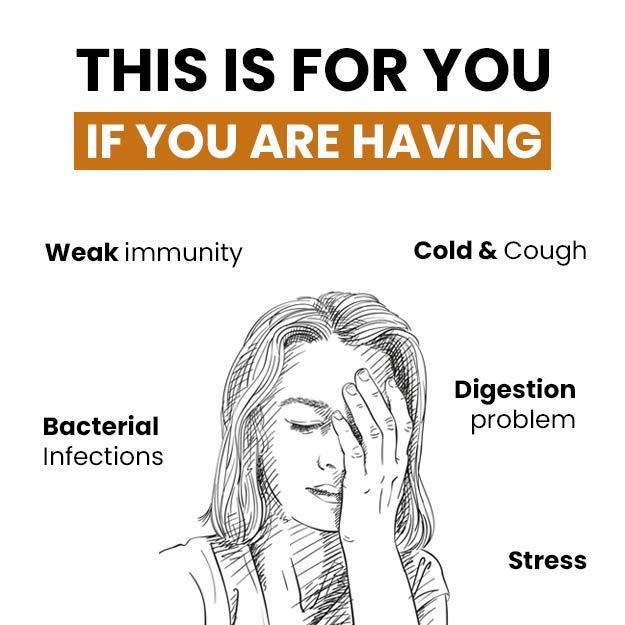The first case of severe acute respiratory syndrome, abbreviated as SARS, was reported in Asia in February 2003. Over the next few months, the illness spread to various countries in North and South America, Europe, and Asia, affecting more than 8,000 patients and caused 774 deaths in 29 countries across five continents.
SARS is a viral condition that involves severe infection of the respiratory tract and is a form of human coronavirus. The pandemic was finally brought under control in July 2003 by officials following a policy of isolating people who were suspected to be infected.
Screening of all passengers who were travelling by air from affected countries, was done to look for signs of the infection. Since 2004, there haven’t been any more cases of SARS recorded or reported anywhere in the world.

 Doctors for Severe Acute Respiratory Syndrome (SARS)
Doctors for Severe Acute Respiratory Syndrome (SARS) 
